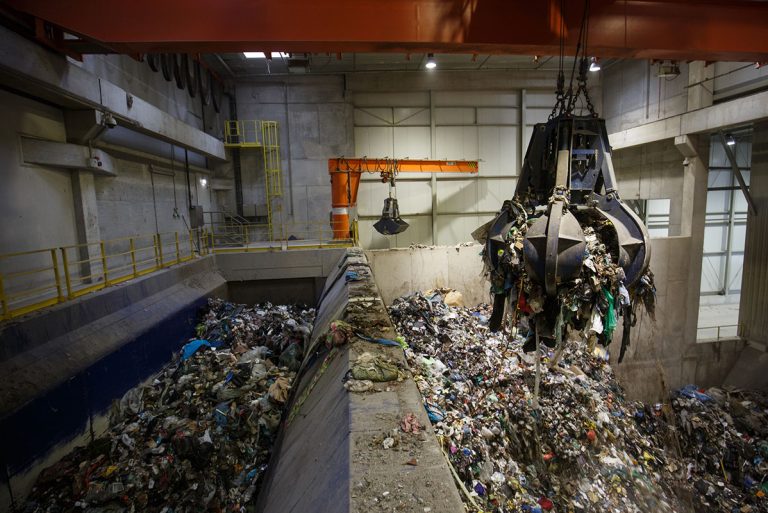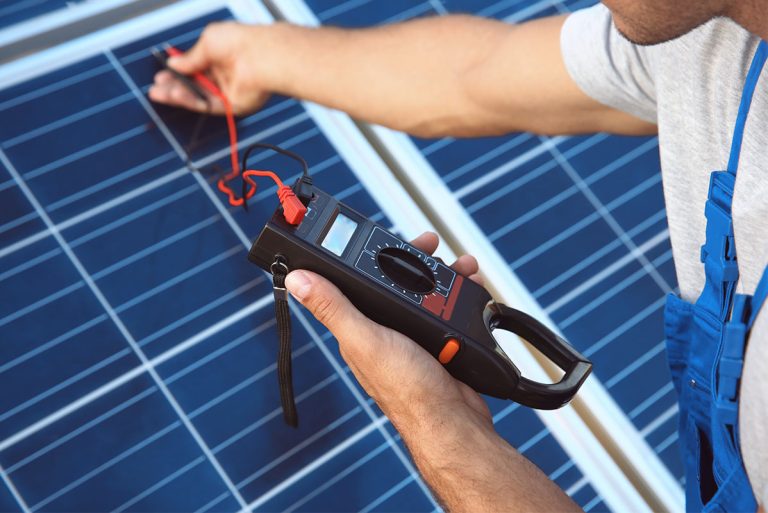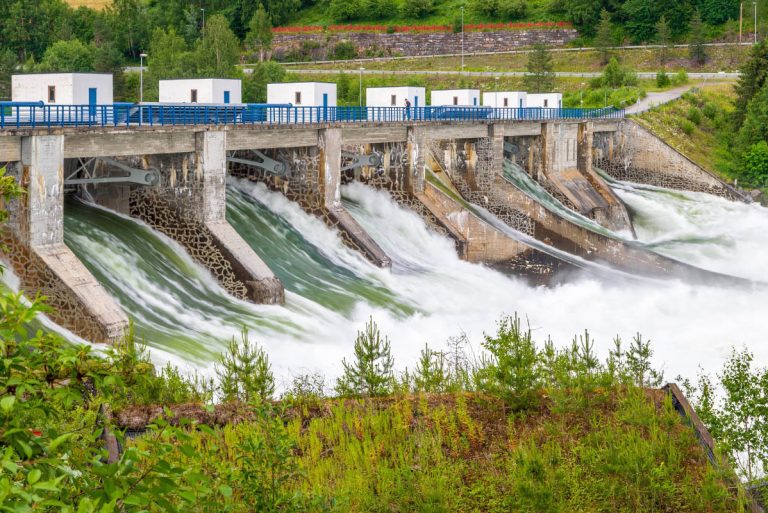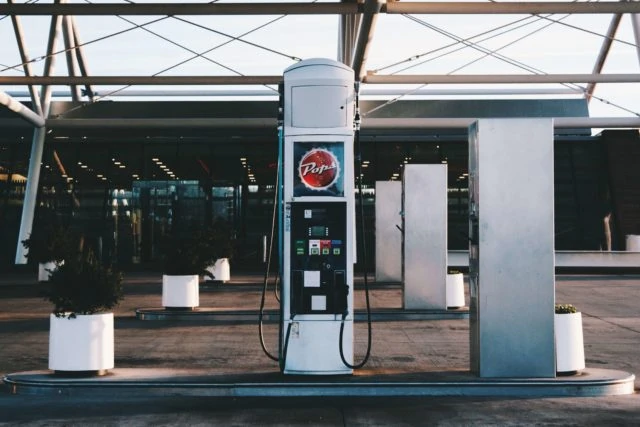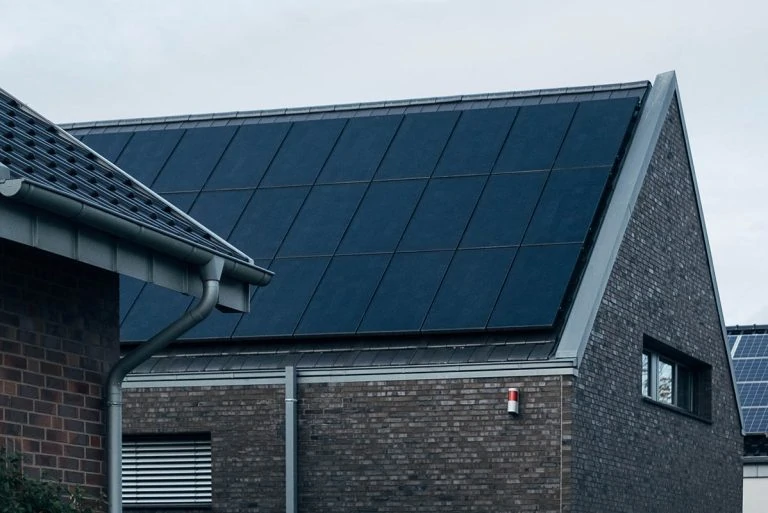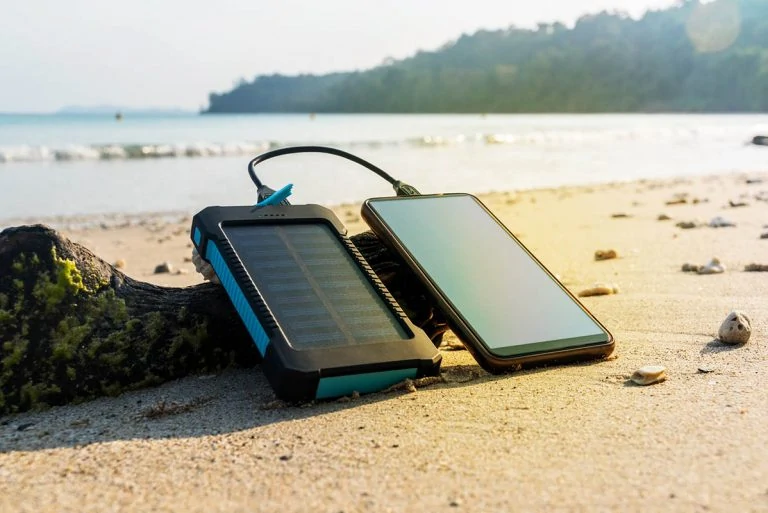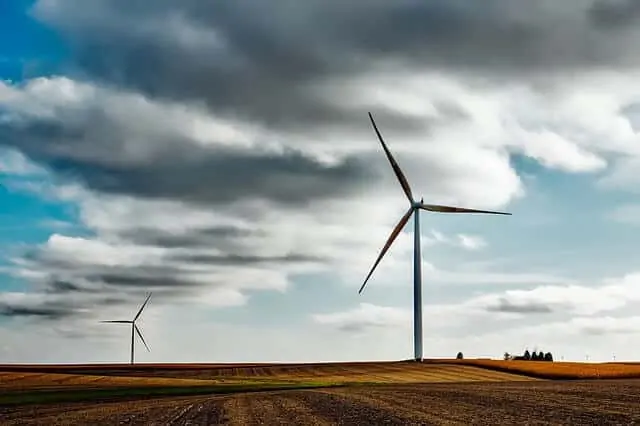Putting out the trash is one of life’s inevitabilities, but with only so much garbage that can be recycled and landfills bursting at the seams, there’s always the looming question of where all those trash bags are going to end up.
One solution that’s gaining traction is using household waste as an energy source. Though the idea of processing waste to generate heat or electricity is not new, waste-to-energy technology is an effective way of keeping waste out of landfill while creating a renewable source of power for communities. In this article we’ll cover:
- What waste-to-energy is and how it works.
- The technologies involved in waste-to-energy.
- Global adoption of waste-to-energy and why uptake is low in the US.
- Discuss if waste-to-energy is as good as it sounds.
So what is ‘waste-to-energy’ and what does it mean?
According to the World Energy Council, waste-to-energy (WtE) is a term given to a range of waste treatment processes that can generate energy. The energy generated by WtE can be electricity, steam, heat, or fuels like diesel, literally converting trash into energy for powering homes and communities.

Source: Wikimedia / Fletcher6
Depending on the type of waste treatment process, WtE uses waste sources that include:
- Solid refuse called municipal solid waste (MSW)
- Semi-solid effluents from industry
- Liquids like domestic sewage
- Gases like refinery exhaust fumes
WtE is a key solution for municipal solid waste management
With over 2 billion tons of waste heading to landfill every year, it’s easy to see why MSW is the most common source of waste for WtE.
The processing of municipal waste by incineration in a combined heat and power plant (CHP) is the most common example of WtE in action and integrates seamlessly into solid waste management processes across much of the developed world.
Generating energy from waste is not a new thing
People have used their refuse to generate energy since pre-industrial times. Early examples of generating energy from garbage included burning of waste paper for heat and cooking or used cooking oil as lamp fuel.

Source: Flickr / Joanna Bourne author
In 19th century England, they burned solid waste on an industrial scale to provide steam that was used to generate electricity. Another early example of getting energy from waste is the refuse-derived fuel (RDF) produced in Japan at the start of the 20th century.
The benefits of WtE are tangible
WtE is attractive because it uses negative-value waste to produce valuable energy, bypassing the cost and pollution of using non-renewable energy sources like oil and gas.
Rather than looking the other way and just dumping our trash, we can put it to good use as fuel for heating and lighting our homes.
Other great benefits of WtE include:
- Reducing the landfill burden. Landfill is the most common method of disposing of MSW. But it’s highly polluting as it generates greenhouse gases and leaches hazardous substances into the earth. WtE reduces landfill use as it diverts waste from the landfill to be used for energy.
- Generating clean energy. WtE often involves burning waste, but, unlike gas, consumers can use the electricity, steam, and hot water produced with no further emission of greenhouse gasses.
- Provision of baseload power. A WtE plant can provide power 24 hours per day just like a regular power plant, continuously adding valuable electricity to the grid.
- Reducing methane. As your trash rots in the ground, it releases methane, a notable greenhouse gas. By diverting waste from the landfill, WtE reduces the levels of methane emission as it is no longer being generated.
- Recycling metals. The incinerated refuse usually contains large quantities of metal that is recovered for recycling after the plant has incinerated the waste.
How does the waste-to-energy process work?
Waste-to-energy is comprised of several established and emerging technologies that all have the benefit of generating energy as a byproduct of waste processing. At the most basic level, WtE revolves around diverting municipal solid waste (household trash) from the landfill to the WtE plant.
From this point there are three main technologies:
- burning the waste and using the heat to boil water and turn a steam turbine,
- converting the waste to synthetic gas as fuel for electric generators,
- processing the synthetic gas into fuel for vehicles or planes.
This video by Covanta, a leading waste-to-energy company explains the process:
Established and emerging WtE technologies
Waste-to-energy plants use a range of methods to extract energy from refuse. Here are six of the leading WtE technologies being developed and used around the world:
1. Combined Heat and Power (CHP) incineration
This is the most developed of the WtE technologies with over 2000 plants worldwide. These plants burn MSW to heat water, creating steam to turn a turbine and generate electricity.
2. Co-combustion
This form of CHP incineration burns clean coal or biomass alongside mixed waste. Adding fuel makes it easier to control the combustion process to get more efficient energy generation. Co-combustion can offset the cost and emission of coal-generated power.
3. Thermo-chemical conversion
Thermo-chemical conversion is a process that is being developed to limit the harmful combustion gases that are produced by conventional CHP incineration. It involves extraction of the energy content of the waste using thermal treatments rather than frank combustion.
4. Refuse-derived fuel (RDF)
RDF is an efficient way of generating fuel from various waste fractions separated using techniques like air classification and ballistic separation. Materials like recovered paper, cardboard, and certain plastics undergo processing into pellets for burning.
5. Thermal gasification
This is a relatively immature technology that has the promise of converting the carbon content of waste into a combustible gas.
6. Biochemical conversion
Biochemical processes, including the use of microorganisms, can be used for accelerated decomposition of the waste, producing solid, liquid or gaseous fuels. An example of this is the production of bio-ethanol from fractionated waste.
Just how efficient is WtE?
Waste-to-energy has the potential to not only transform waste management but also contribute significantly to sustainable energy production, but the efficiency and energy yields of these processes will determine whether WtE is viable for more widespread adoption.
The World Energy Council reports that CHP facilities currently have a maximum efficiency of 35%. This efficiency rating varies according to the size of the plant, the type of waste it processes, and the power output it achieves.

Source: Wikimedia / Milliped
The Netherlands is home to the largest CHP incineration plant in the world. The Afval Energie Bedrijf CHP plant in Amsterdam which has a capacity of 114.2 MW of electricity generation.
This massive WtE plant processes 1.5 million tons of trash each year with an efficiency of 30%. For comparison, according to the US Office of Fossil Energy and Carbon Management, the average coal-fired power plant in the US has an efficiency of 33%, so WtE is not doing too badly.
Why is Sweden practicing waste-to-energy, but not the US?
Though waste-to-energy plants are all over the world, certain countries have embraced this form of renewable energy generation. Sweden is renowned for its national recycling strategy that takes 99% of the nation’s trash and either recycles it or burns it for domestic energy consumption.
This radical approach has transformed trash into treasure with waste becoming a valuable commodity that is even imported into the country generating over $100 million annually.
With virtually “zero trash heading to landfill”, Sweden’s 34 WtE power plants incinerate everything that cannot be reused to provide electricity for at least 250,000 homes and businesses. This works out at about 50% of all waste, compared to 40% in the United Kingdom and just 12% in the United States.
Waste-to-energy adoption in the US is low, but the tide is turning
The United States has one of the lowest rates of waste-to-energy adoption in the developed world. Despite this, the US still incinerates about 30 million tons of trash to generate electricity for homes each year.
As one of the largest oil producers in the world, it’s easy to see why America hasn’t yet embraced WtE. Because the US is such a major fossil fuels producer, the costs of using oil and gas are much lower than in areas that rely on imports, like Sweden.
As of 2021, the US was consuming over 16 million barrels of oil daily and 30.28 trillion cubic feet (Tcf) of natural gas annually. The US’s expansive proved reserves of fossil fuels are expansive but finite, and eventually other sources of energy will have to become prominent as reserves decline.
The US also has cheap and readily available landfill space
Sweden has another motivation lacking in the US; no room for major landfill operations. Whereas the US has an abundance of cheap, wide-open land. In 2018, the US landfilled over 146 million tons of waste, the vast majority being food. In contrast, only 4.6 million tonnes of waste is landfilled in Sweden annually, less than 1% of the MSW generated.

Political pressure favors oil and gas
Lobbying and other political pressure from the oil and gas industry may have influenced the expansion of WtE as it could compete with the dominance of oil for energy production. However, for cities like New York which has to export 14 million tons of trash annually, the waste management benefits of WtE are becoming hard to ignore.
WtE is an international effort
Sweden is well known for its WtE efforts, but other countries including Denmark, Germany, Japan, and China around the world are also adopting WtE technologies.
Are waste-to-energy practices better for the environment?
This is the big question. After all, current WtE practices largely involve the incineration of waste which is an energy-intensive and costly process. Here are some disadvantages of WtE:
Environmental impact
Trash is dirty stuff and burning it on a large scale causes air pollution, releasing the very same greenhouse gases it seeks to mitigate. Right now, incineration is an unavoidable part of WtE. Still, there is evidence that overall, WtE strategies reduce carbon dioxide emission with every ton of processed garbage preventing the emission of a ton of CO2.
Public health
The residual ash remaining from waste incineration contains cancer-causing heavy metals and dioxins that are released into the atmosphere. As recently as 2018, Ana Baptista, Assistant Professor of Environmental Policy and Sustainability Management at The New School, stated that NYC’s WtE facilities were producing up to 14 times the mercury, twice as much lead, and four times as much cadmium per unit of energy compared to coal power plants.
Infrastructure costs
Getting energy from waste is expensive and the infrastructure for building and operating a single WtE plant can run into hundreds of millions of dollars. According to waste-to-energy International, a company that builds CHP plants, the development costs for a new plant are approximately $680 to $1,026 per ton of waste processed annually.
What does the future look like for waste-to-energy?
Waste-to-energy remains controversial but, despite the pollution, it provides a practical, sustainable solution, to the problem of skyrocketing garbage. WtE industry experts are continually developing technologies that can make WtE cleaner and more efficient.
As urbanized populations continue to grow, the refuse they generate could provide the same populations with clean, sustainable energy while reducing the landfill burden. State-of-the-art WtE facilities are likely to be developed that can recover as much energy as possible from diverse solid waste sources while mitigating the effects of exhaust gases by cleaning and filtering them for maximum environmental benefit.
